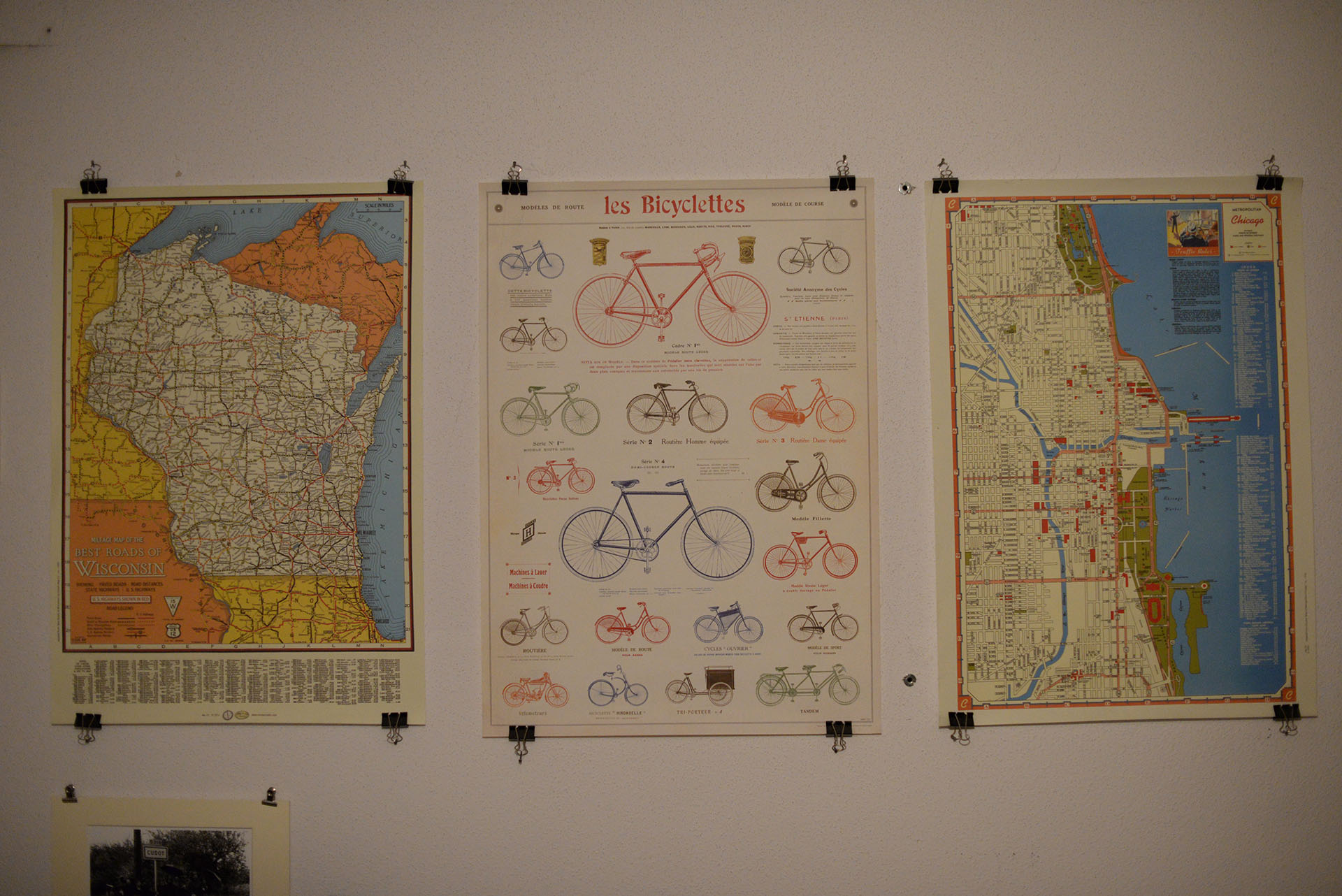I'm using a Nikon D610 and I'm a little bit confused about the whole "auto FP" thing for Nikon. From what I understood, auto FP permits flash sync at high speed with a "power loss" for the flash.
In the D610 manual (p. 234):
1/250 s (Auto FP) : Auto FP high-speed sync is used when a compatible flash unit is attached. If the built-in flash or other flash units are used, shutter speed is set to 1/250 s.
However, this speed is only available with auto FP; it's not available "alone", unlike the 1/200 s.
Does that mean that a "real" flash sync at 1/250 s is possible with the D610, without power loss? I didn't find a clear answer.
My goal is to use this speed with an off camera flash, triggered by a wireless unit.
EDIT: the proposed duplicate is not absolutely clear on the subject: there's not a clear "yes" or "no".








